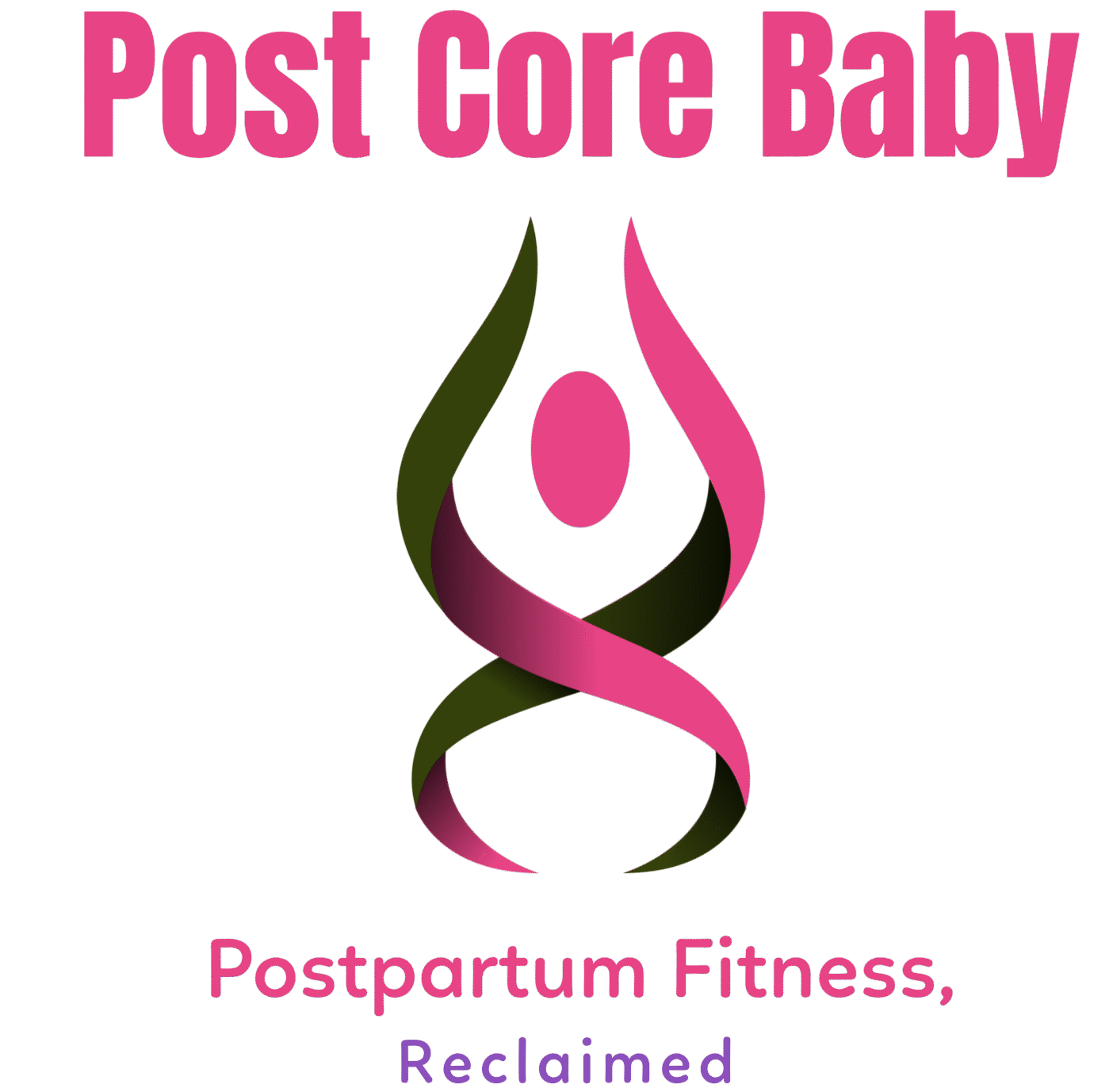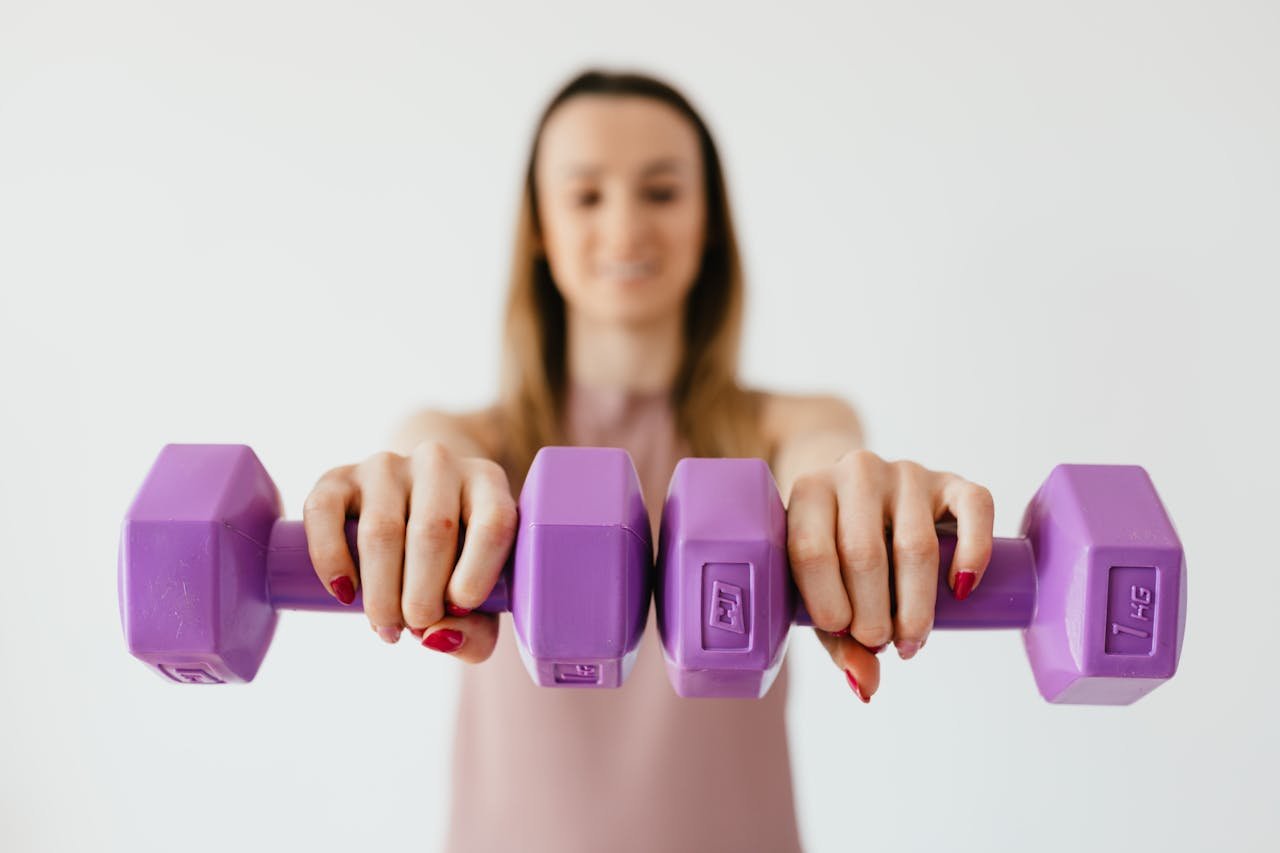New moms often want to safely regain fitness and energy after childbirth. Regular exercise after pregnancy can promote weight loss, improve cardiovascular fitness, and boost energy levels, while also relieving stress and reducing postpartum depression. Among exercise options, low-impact cardio is ideal for postpartum recovery. Low-impact activities (like walking or gentle cycling) are easier on healing joints and the pelvic floor, yet still build endurance and strength. As one postpartum fitness resource notes, “low-impact postpartum cardio workouts like brisk walking, elliptical, or hiking are both safe and recommended”. Incorporating these movements into your postpartum fitness routines helps new moms rebuild stamina and confidence without undue risk.
Safe Low-Impact Cardio Workouts for New Moms
New mothers can choose from many gentle cardio exercises. Examples include:
- Walking (Stroller Walks): Brisk walking or power walking with your baby in a stroller is an excellent starting point. Guidelines encourage beginning with “a gentle walk, perhaps while pushing the pram” and gradually building to longer sessions.
- Cycling: Riding a stationary bike (or a regular bike on flat terrain) lets you raise your heart rate with minimal impact. Adjust seat and resistance for comfort.
- Elliptical or Rowing Machine: These machines provide smooth, full-body movement. An elliptical trainer or indoor rowing machine offers effective cardio without the jarring impact of running.
- Mini-Step Workouts: Small stepper machines (portable steppers) mimic stair climbing in place. Mini steppers or under-desk steppers allow a cardio “step workout” that is easy on knees and hips.
- Gentle Interval Training (Low-Impact HIIT): Short bursts of slightly higher intensity (e.g. brisk marching in place, speed-walking intervals) alternating with recovery periods. Avoid jumping or high-impact moves.
These workouts can be done at home or in the neighborhood, fitting into busy schedules. Consistent low-impact cardio – as part of any postpartum fitness routine – can strengthen the body and clear the mind without overtaxing your recovering body.
Recommended Home Equipment for Postpartum Cardio
Having the right equipment at home makes it easier to squeeze in workouts. Consider these low-impact cardio machines:
- Mini Steppers: Compact and affordable, mini steppers (often found on Amazon) provide a stair-step motion for calf and thigh muscles. Brands like Sunny Health & Fitness offer popular mini stepper models that include resistance bands for arms. They’re small enough to store under a desk or in a closet.
- Stationary Bikes: Upright or recumbent exercise bikes are gentle on joints and let you take a seated, low-impact ride. For example, the Bowflex C6 or VeloCore stationary bikes (Peloton-compatible models) and Horizon Fitness indoor cycles are highly rated. These bikes often have tablet holders so you can follow video workouts or apps while you pedal.
- Treadmills: A home treadmill (walking pad) allows postpartum moms to walk indoors regardless of weather. Horizon Fitness and Bowflex both make treadmills (like the Horizon T101 or Bowflex Treadmill 10) designed for walking or light jogging. Many have cushioned decks to reduce impact on knees.
- Ellipticals and Trainers: Low-impact machines such as Bowflex Max Trainers or elliptical trainers can add variety. These combine arm and leg motion for a full-body cardio session while remaining gentle on the body.
Shopping tip: Many of these products are available through Amazon (with customer reviews and Prime shipping), or directly from brand sites. For example, mini steppers and compact under-desk ellipticals can be purchased on Amazon, while Bowflex (bowflex.com) and Horizon Fitness (horizonfitness.com) offer higher-end cardio machines. Choose equipment that fits your space and budget – even simple items like a sturdy mat or resistance bands can enhance your workouts.
Tips for Easing Back and Listening to Your Body
Resuming fitness after baby requires patience and self-care. Keep these tips in mind:
- Start Slowly: Begin with very short, easy workouts (even 5–10 minutes) and gradually increase time and intensity. As one health guide advises, start “with a gentle walk” and only lengthen or intensify sessions as you feel ready.
- Warm Up and Cool Down: Always warm up with gentle movements (marching in place, leg swings) and cool down with stretching. This prepares your muscles and joints, and helps prevent injury.
- Maintain Good Posture & Breathing: Keep your spine tall and shoulders relaxed during workouts. Engage your core with each exhale, and relax on the inhale. Good form helps support a healing pelvic floor and prevents strain.
- Listen to Your Body: Pregnancy and birth bring major changes. If anything feels painful or if you notice unusual symptoms (like vaginal bleeding or pelvic pressure), stop exercising and rest. As experts note, you should cease any exercise “if you feel any pain”. It’s normal to feel tired; avoid pushing through sharp pains or severe discomfort.
- Build Core and Pelvic Floor Strength: Alongside cardio, do gentle pelvic floor (Kegel) and abdominal breathing exercises daily. These strengthen the muscles that support your organs and spine, making cardio safer and more effective over time.
- Set Realistic Goals: Your body just did an incredible thing – give yourself grace. Focus on consistency and gradual progress rather than intense workouts. Celebrate small milestones (e.g. longer walk, higher speed on bike) and make exercise a relaxing “me-time” if possible.
Over time, you’ll be able to increase speed, incline, or resistance. Always progress at a pace that feels comfortable.
Consult Your Healthcare Provider Before Exercising
Before beginning any postpartum fitness routine, talk with your doctor or midwife. Medical guidance is crucial, especially if you had complications like a C‑section or pelvic repair. In fact, health experts advise moms who had surgery or a difficult delivery to “talk to your health care provider about when to start an exercise program”. Even if your birth was uncomplicated, check in at your six-week postpartum visit. Your provider can confirm that healing is on track and may offer personalized advice (e.g. how to modify exercises if you have diastasis recti or incontinence issues).
Always prioritize safety. Low-impact cardio can be a gentle, uplifting part of your postpartum recovery, but only when done cautiously and with professional approval





